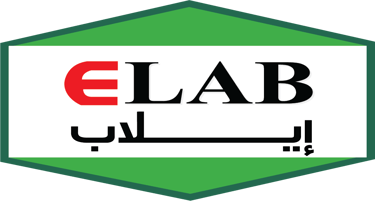Energy efficiency are critical aspects of ELAB production, ensuring design operations and the delivery of high-quality products. Here's how ELAB manufacturers can focus on energy efficiency and quality assurance:
1. Energy Efficiency Through:
Process Optimization: Implement advanced process optimization techniques to maximize energy efficiency in ELAB production.
Technology Upgrades: Invest in energy-efficient equipment and technologies, such as catalytic reactors, heat exchangers, and distillation columns, to reduce energy consumption and improve overall process efficiency.
Energy Management Systems: Implement energy management systems to monitor, analyze, and optimize energy usage throughout the production process.
Renewable Energy Integration: Explore opportunities to integrate renewable energy sources, such as solar system , into ELAB production processes to reduce reliance on fossil fuels and lower carbon emissions.
2. Energy Efficiency procedure:
ELAB target was decreasing energy consumption into two step :
First zero cost project and low cost project , which is finally affect for annual saving
3. Energy Efficiency project:
Change air cooler blade to increase air flow
Change Process Condition for fired heaters.
Flare IQ system Measure flow rate of flare gases to control, optimize & manage flare gases.
Replace all lamps to be energy saving lamps (LED).
add solar system cell units in different parts at site.


